What Sparked the UFO Hunt?
Project Blue Book, launched in 1952 by the United States Air Force, was a systematic effort to investigate unidentified flying objects (UFOs), headquartered at Wright-Patterson Air Force Base in Ohio. Its roots trace back to earlier projects like Project Sign (1947) and Project Grudge (1949), born amidst a surge of UFO sightings during the Cold War. The infamous Roswell UFO incident of 1947, where debris found in New Mexico was initially dubbed a "flying disc" before being explained as a Project Mogul balloon, fueled public fascination and suspicion. Project Blue Book’s mission was twofold: assess if UFOs posed a national security threat and analyze sightings scientifically. Captain Edward J. Ruppelt, its first director, coined the term "UFO" to replace "flying saucer," aiming for neutrality. By its end in 1969, the project had amassed 12,618 reports, with 701 labeled "unexplained" despite rigorous scrutiny National Archives.
The cultural backdrop of the 1950s, rife with Cold War paranoia and technological leaps, amplified UFO mania. Sightings like Kenneth Arnold’s 1947 encounter near Mount Rainier, where he described nine objects moving like "saucers skipping on water," set the stage. Public imagination was further stoked by events like the 1952 Washington, D.C., radar-visual sightings, which Project Blue Book investigated intensely. These incidents, coupled with whispers about secretive sites like Area 51—a Nevada base tied to experimental aircraft testing—cemented the project’s place in UFO lore. While official reports leaned on mundane explanations, the project’s declassified files, now accessible at the National Archives, reveal a complex interplay of science, skepticism, and secrecy.
Key Cases and Controversies
The Roswell incident remains Project Blue Book’s most enduring controversy. In July 1947, rancher W.W. “Mac” Brazel found peculiar debris near Roswell, New Mexico. The Roswell Army Air Field’s press release claiming a "flying disc" was retracted within hours, replaced with a weather balloon story. Decades later, the Air Force admitted the debris was from Project Mogul, a top-secret program using high-altitude balloons to monitor Soviet nuclear tests The Roswell Report: Fact vs. Fiction in the New Mexico Desert. UFO enthusiasts, however, cite witness accounts of strange materials and alleged alien bodies, fueling theories of a cover-up. The absence of Roswell-specific documents in Blue Book’s files, as noted in a 1994 General Accounting Office audit, only deepened distrust National Archives. Roswell’s legacy endures, with the International UFO Museum and Research Center in Roswell offering exhibits and annual festivals for curious visitors.
Another enigma tied to UFO speculation is the 1977 Wow Signal, though not directly investigated by Blue Book, which ended in 1969. Detected by astronomer Jerry Ehman at Ohio State University’s Big Ear radio telescope, this 72-second burst of radio waves bore characteristics expected of an extraterrestrial signal. Named for Ehman’s circled "Wow!" on the printout, it remains unexplained, with theories ranging from natural phenomena like comets to alien origins. Its timing, post-Blue Book, underscores the ongoing quest for answers about cosmic signals. Project Blue Book’s own unexplained cases, like the 1966 Portage County UFO chase in Ohio, where police pursued a bright object for miles, highlight the project’s struggle to reconcile eyewitness testimonies with scientific rigor Project Blue Book Archives.
Legacy of Doubt and Discovery
Project Blue Book’s closure in 1969, following the Condon Report’s conclusion that UFO studies offered little scientific value, didn’t quell public curiosity. The report, endorsed by the National Academy of Sciences, stated no UFO posed a security threat or displayed technology beyond human knowledge Condon Report. Yet, critics like astronomer J. Allen Hynek, Blue Book’s scientific advisor, argued the project dismissed credible cases too hastily. Hynek, initially a skeptic, later founded the Center for UFO Studies to continue private research, popularizing the "Close Encounters" classification. The 701 unexplained sightings, about 5.6% of the total, remain a focal point for researchers, accessible via the Project Blue Book Collection at the National Archives. These files, coupled with Area 51’s mystique—tied to classified projects like the U-2 and SR-71 Blackbird—keep conspiracy theories alive.
The project’s cultural impact is undeniable, inspiring TV shows like the History Channel’s Project Blue Book and fueling modern UFO discourse. Recent government initiatives, like the Pentagon’s 2021 UAP Task Force report, echo Blue Book’s mission, admitting 144 cases remain unexplained. Roswell’s tourism thrives, with guided tours to crash sites and the UFO Spacewalk attraction drawing thousands. The Wow Signal’s intrigue persists, with the Arecibo Observatory (before its 2020 collapse) and ongoing SETI efforts continuing the search for extraterrestrial signals. Project Blue Book’s declassified records offer a treasure trove for mystery enthusiasts, but its unanswered questions ensure the UFO enigma endures, inviting all to explore the unknown.

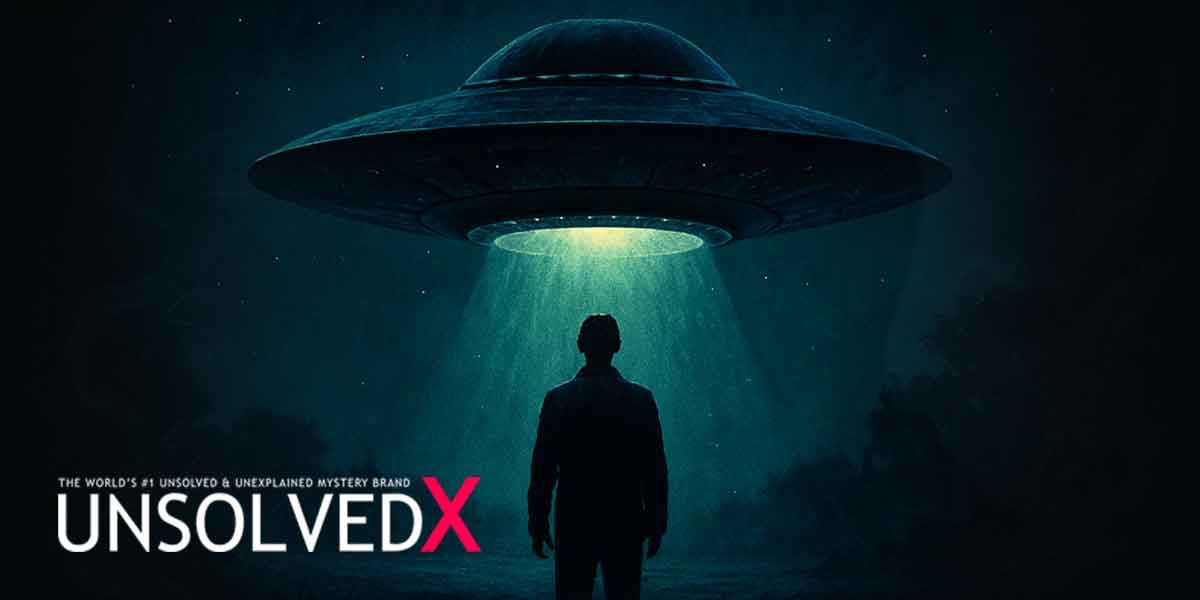
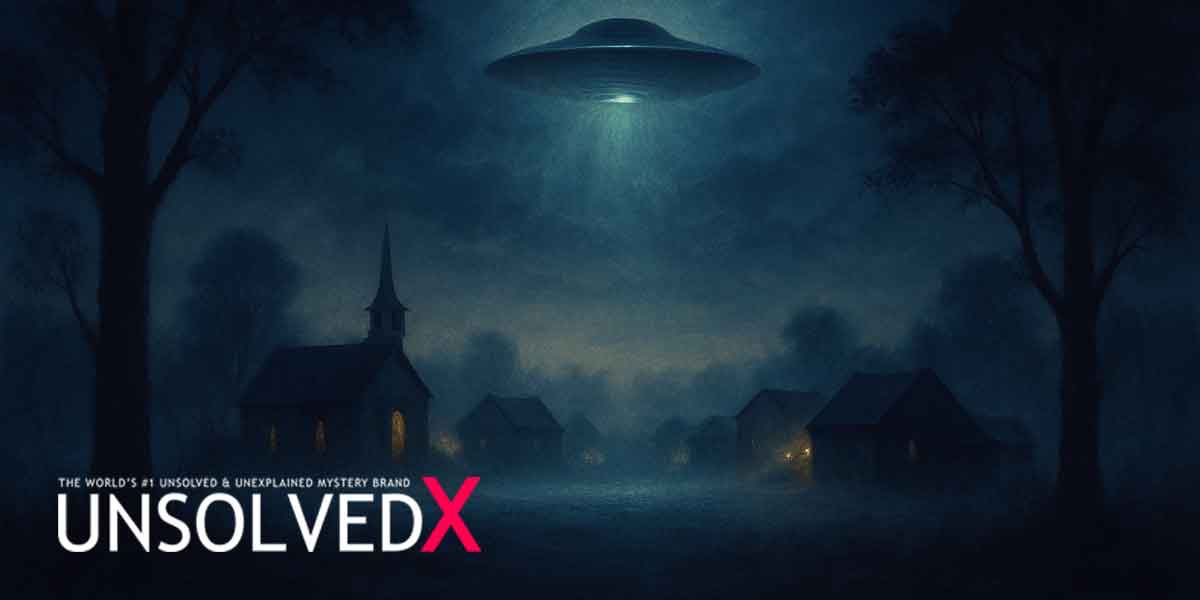
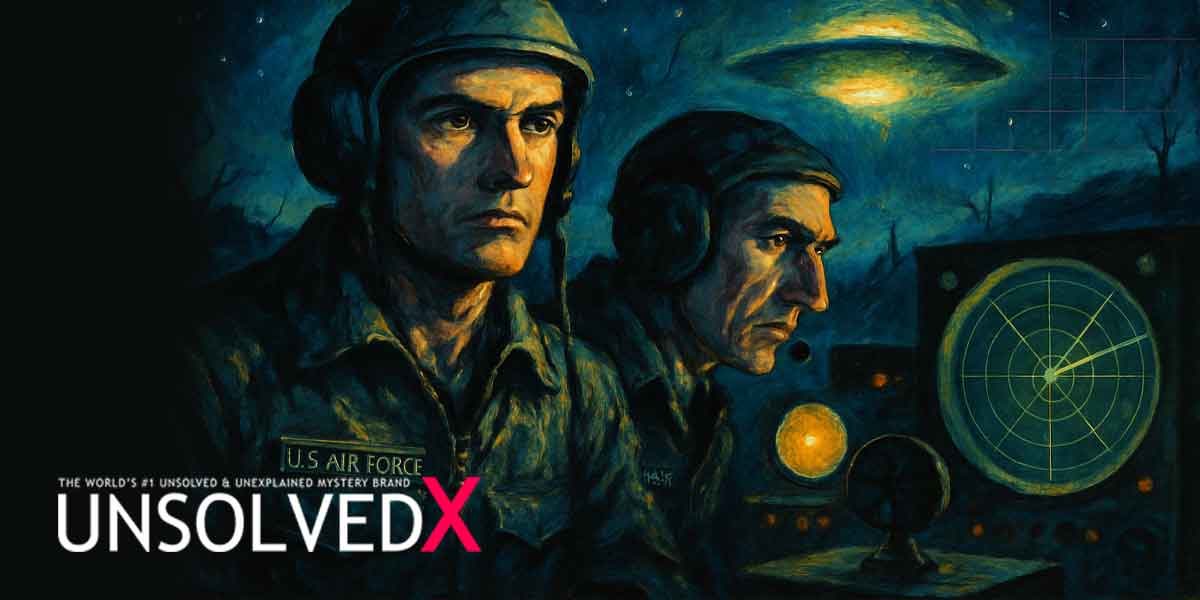




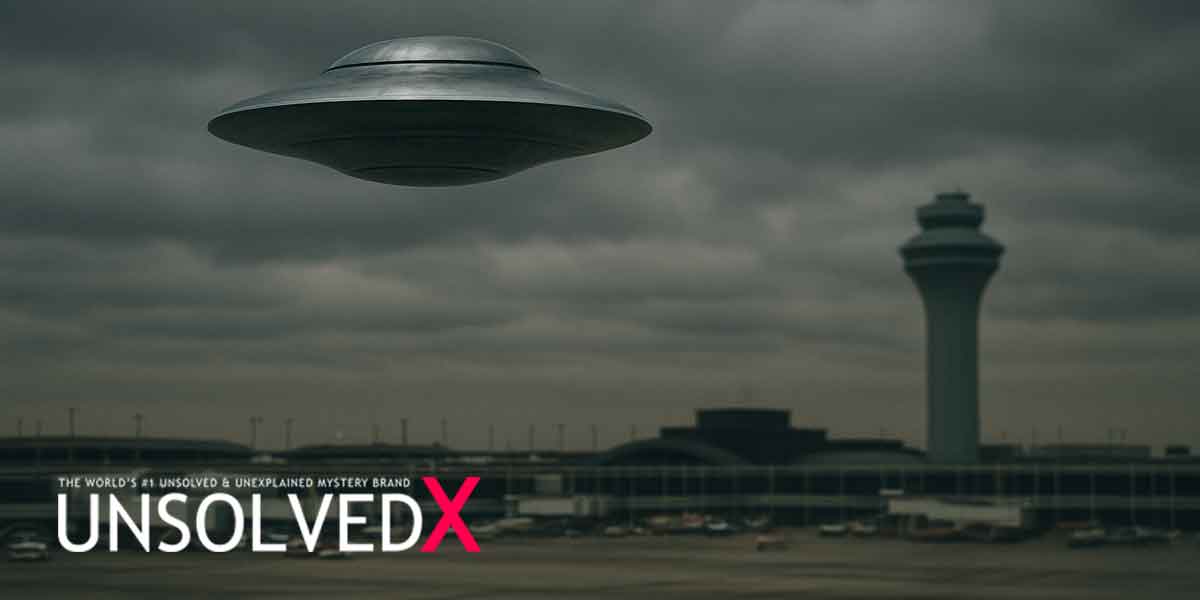
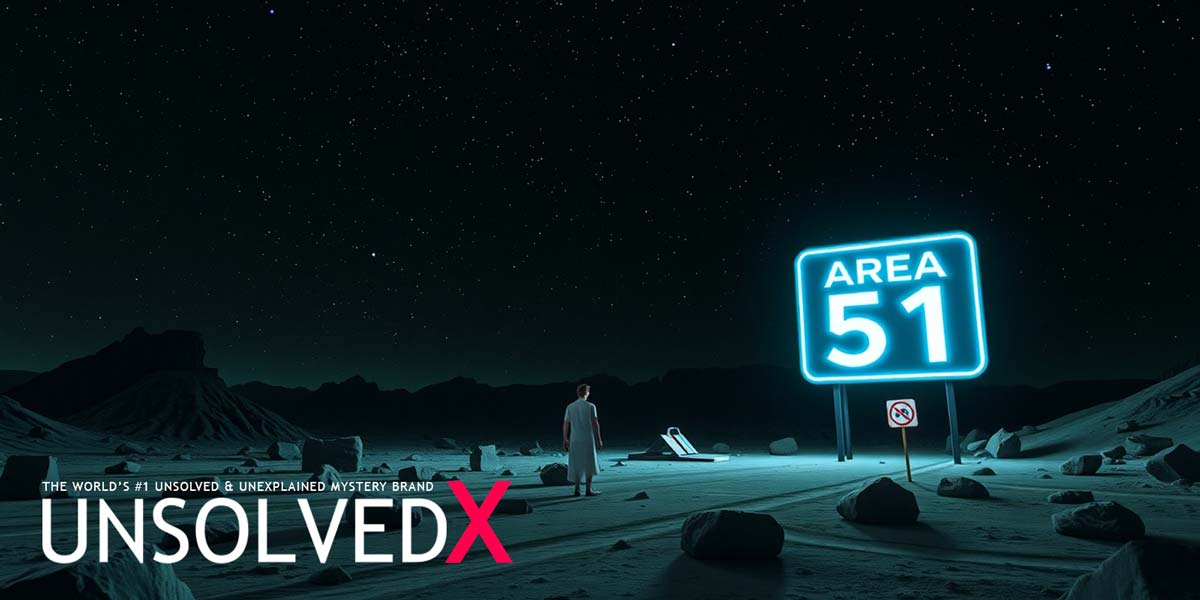
Comments
Comments section coming soon!